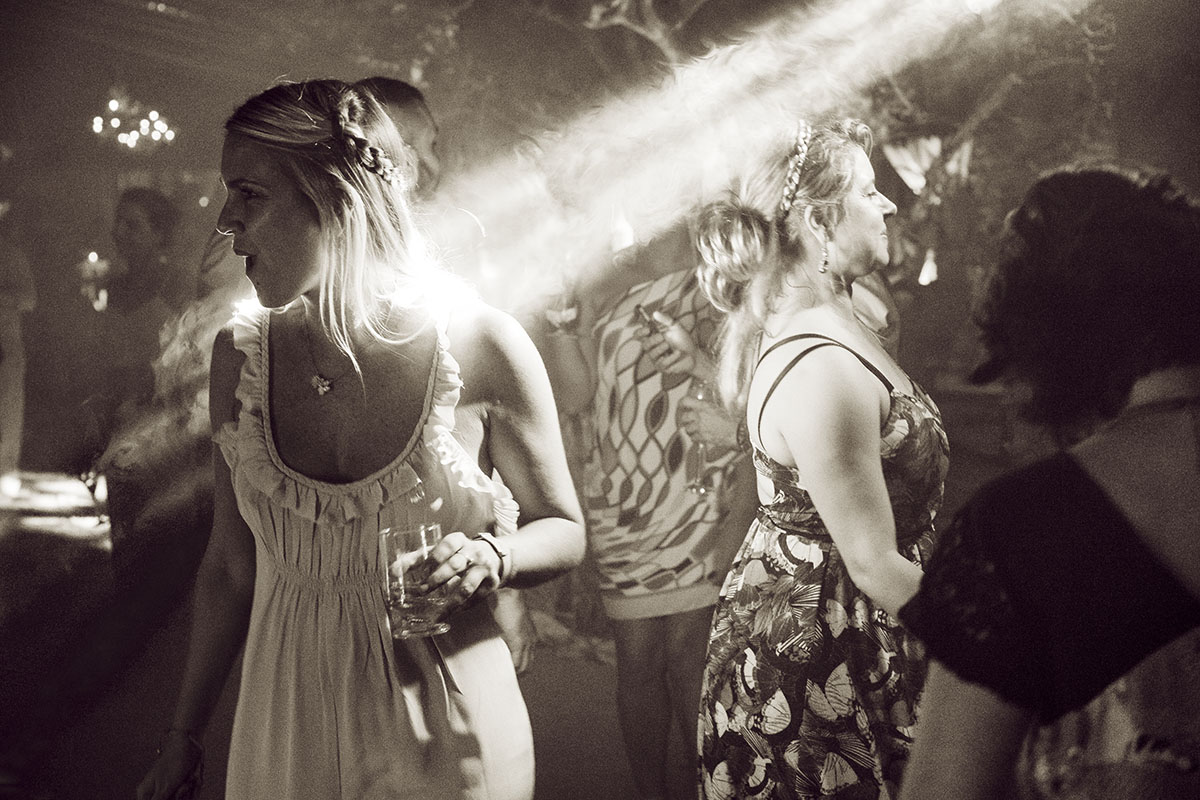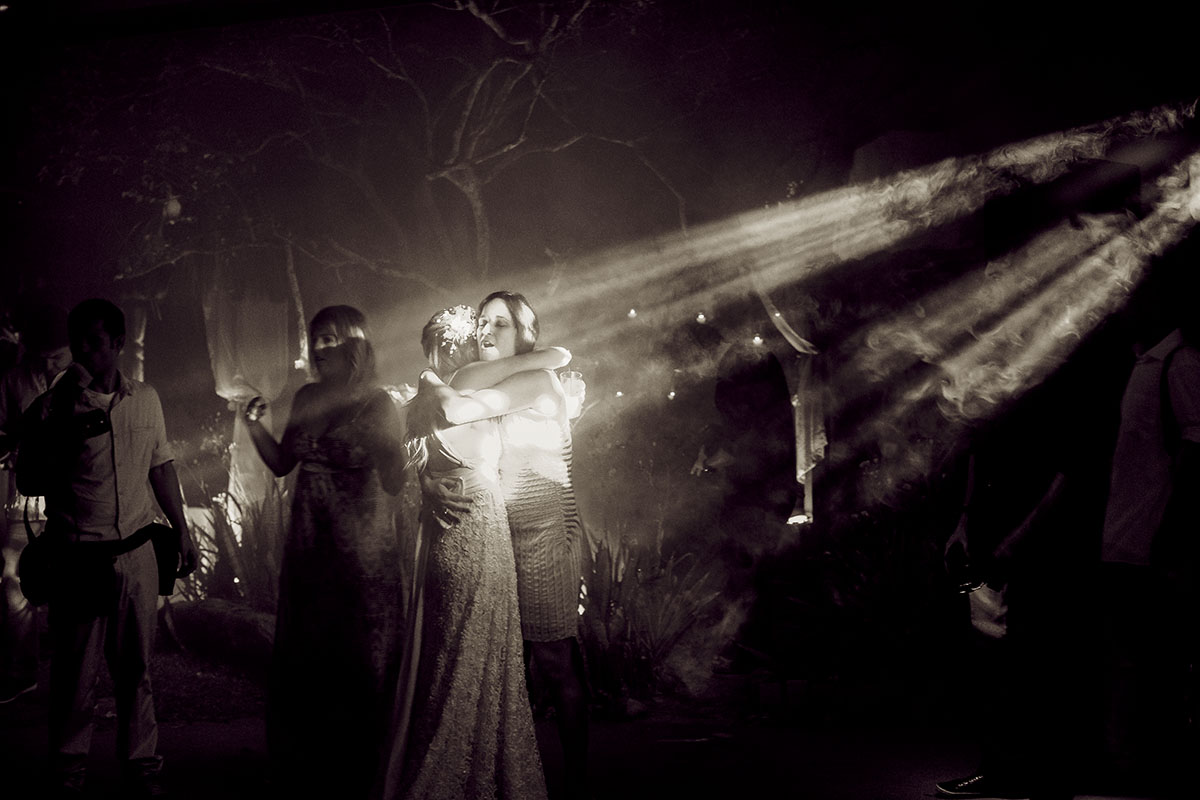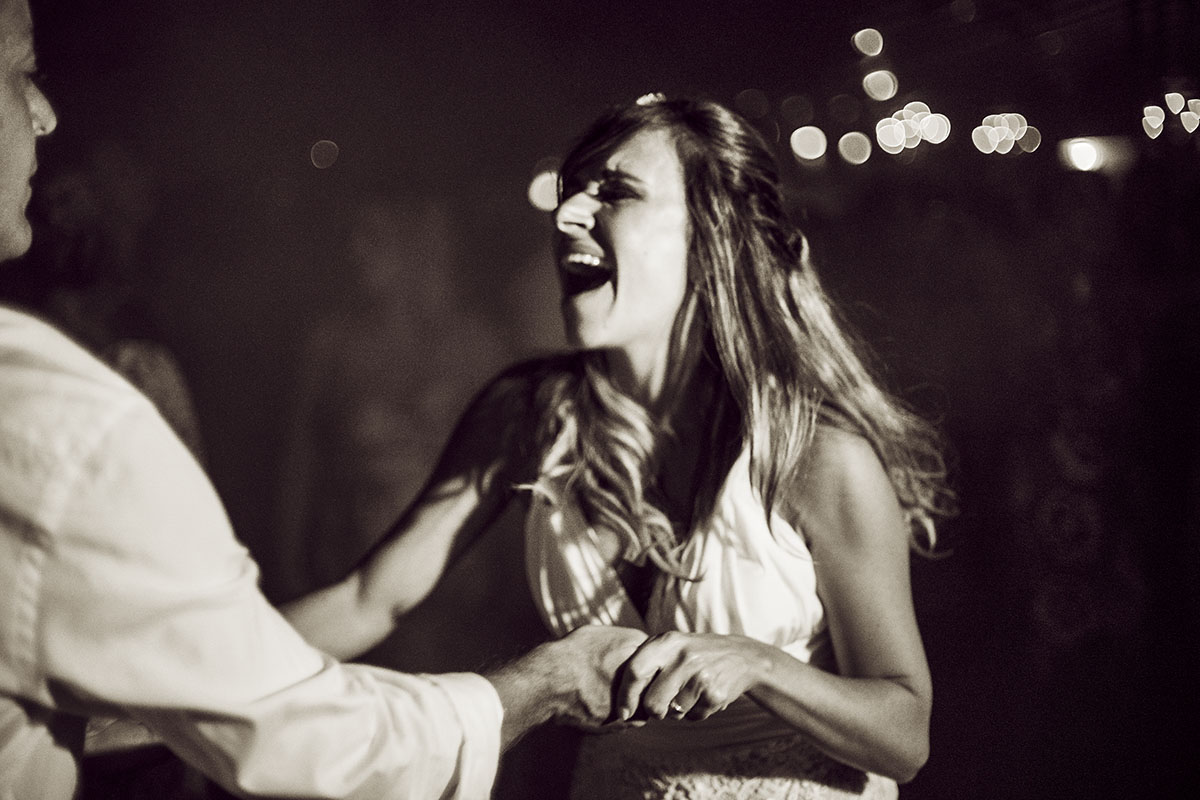Sound advice, Guy. But how can I shoot a dark dancefloor at iso 1600 even with an f1.2 lens?
The photos bellow were taken with the A7 and a Canon FD 50mm 1.4 at iso 2500. I can see the noise here but I wouldn't know if it would show on an album. Would I get lower noise by shooting with a lower iso and then increasing the exposure on post or will I basically end up with the same noise?
These are nice, especially the first one which is really nice!
However, they serve to illustrate the issue at hand.
High ISO has consequences. The issues tend to show up in poor lighting where you do not have control of the quality or quantity of light … not in good light, or dramatic light that serves to make an image special like your first shot demonstrates.
We can hunt for those special circumstances and take advantage of them when present, but not all "must have" images will have those qualities. What then? This is where being prepared for any eventuality is important.
If an image calls for color, or color is expected, then B&W treatments or tinted approaches aren't an option. Skin tones, compressed contrast, and ambient contamination can get ghastly looking really fast as you increase the ISO in poor quality light.
The solutions can vary from scene-to-scene.
For a ceremony in a dark church where flash is not allowed I use a tripod and balance ISO with shutter speed … then time the shots. They aren't playing soccer up there and the background isn't moving, so it usually works.
At a reception, I use a mix of ambient shots when the lighting will yield an interesting image, or it'll be okay to convert to B&W. For most reception images where clients expect color I use additional lighting … when and where I can, I use off-camera lighting ranging from speed-lights to mobile strobes.
Often a strobe set off to the side aimed to simply lift the level of the ambient can be very helpful and provide a bit of directional light on the subjects.
In other words, I'm ready for anything, because trust me eventually anything can happen. I once had the lights go completely out at a church right in the middle of the ceremony. The emergency flood lights came on and were the worst quality of light you could possibly imagine.
BTW, when I meet with clients I do not necessarily point out noise or various post treatments, but instead watch how they react to the images to gauge what is important to them.
- Marc



